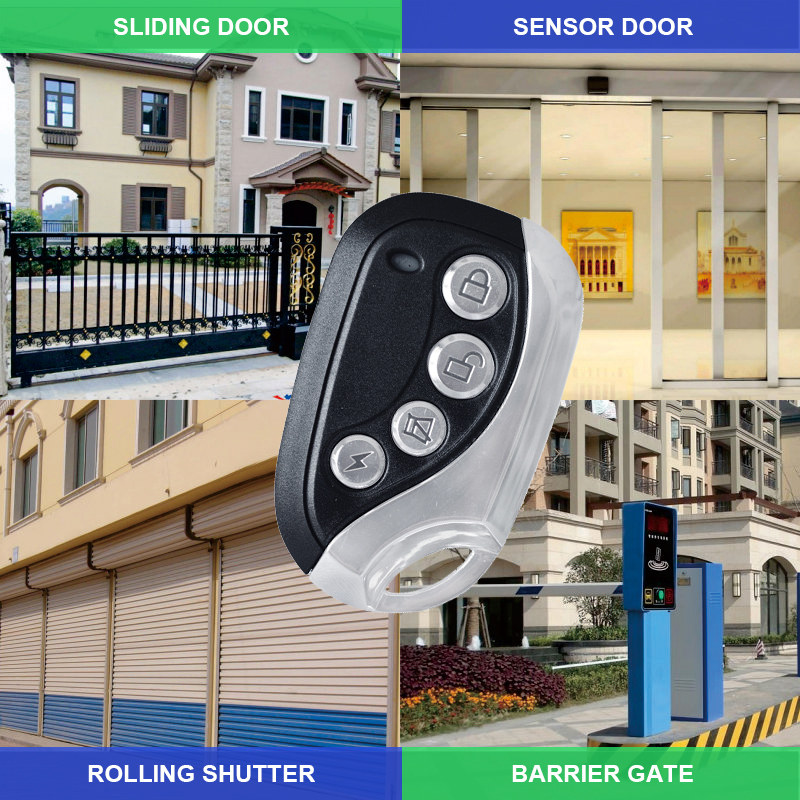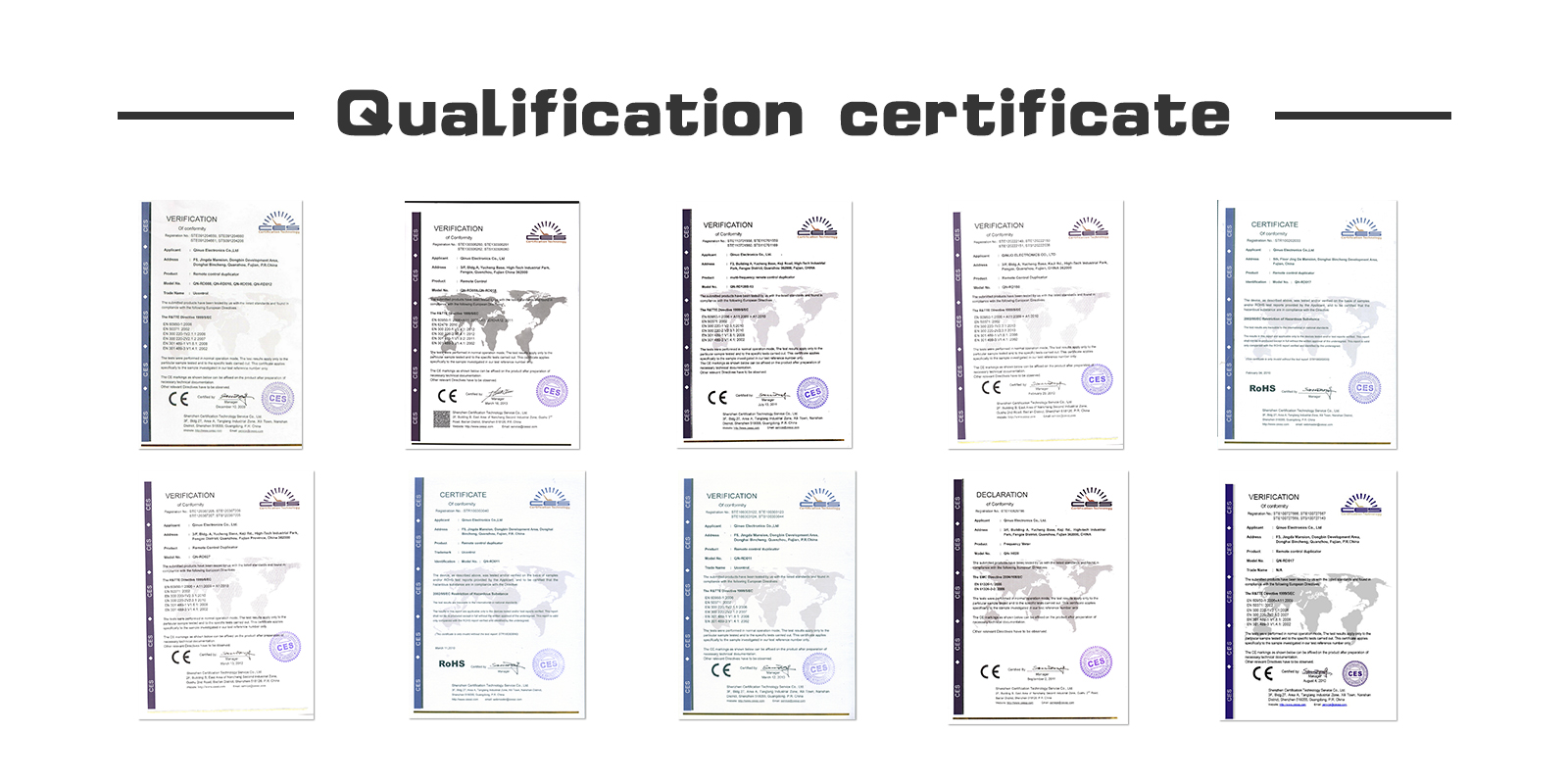In the realm of security and access control systems, rolling code technology has become a cornerstone in safeguarding against unauthorized entry and digital breaches. Over the years, this technology has evolved significantly, adapting to emerging threats and enhancing its effectiveness in thwarting hacking attempts. In this article, we delve into the advancements that have been made in rolling code technology in recent years, highlighting the innovations that have bolstered its efficacy in providing secure access solutions.

1. Enhanced Encryption Protocols:
Recent advancements in rolling code technology have seen the implementation of more robust encryption protocols, making it increasingly difficult for malicious actors to intercept and decipher transmitted codes. Advanced encryption standards such as AES (Advanced Encryption Standard) and SHA-256 (Secure Hash Algorithm 256-bit) have been integrated into rolling code systems, ensuring that communication between transmitters and receivers remains highly secure.
2. Frequency Hopping Spread Spectrum (FHSS) Technology:
One notable advancement in rolling code technology is the adoption of Frequency Hopping Spread Spectrum (FHSS) technology. FHSS operates by rapidly switching frequencies during data transmission, making it extremely resistant to interference and jamming attacks. By dynamically changing frequencies in a predetermined sequence known only to the transmitter and receiver, FHSS significantly enhances the security of rolling code systems, rendering them immune to traditional interception techniques.
3. Multi-Level Authentication:
To further fortify security, recent iterations of rolling code technology have introduced multi-level authentication mechanisms. In addition to the rolling code itself, these systems incorporate supplementary layers of authentication such as biometric recognition, PIN codes, or proximity-based authentication. By requiring multiple forms of authentication, these systems establish a stringent barrier against unauthorized access, even in the event of code interception.
4. Dynamic Code Length Variation:
Modern rolling code systems employ dynamic code length variation, where the length of the rolling code sequence varies unpredictably with each transmission. This variability adds an additional layer of complexity, making it exceedingly challenging for attackers to predict or replicate the code sequence accurately. By dynamically adjusting the code length within predefined parameters, these systems enhance security without compromising operational efficiency.
5. Anti-Replay Mechanisms:
To mitigate replay attacks, which involve the malicious retransmission of intercepted rolling codes to gain unauthorized access, contemporary rolling code systems incorporate sophisticated anti-replay mechanisms. These mechanisms typically involve the inclusion of time-stamps or sequence numbers in transmitted codes, enabling the receiver to detect and reject duplicate or outdated codes. By effectively thwarting replay attacks, these anti-replay mechanisms bolster the overall security posture of rolling code systems.
Conclusion:
The evolution of rolling code technology has been marked by significant advancements aimed at fortifying security and resilience against evolving threats. From enhanced encryption protocols to the adoption of FHSS technology and multi-level authentication mechanisms, modern rolling code systems represent a robust defense against unauthorized access and digital breaches. By incorporating dynamic code length variation and anti-replay mechanisms, these systems offer heightened levels of security without compromising usability or convenience. As technology continues to evolve, rolling code systems are poised to remain at the forefront of secure access solutions, ensuring the protection of sensitive assets and information in an increasingly digital world.

-
Office ViewQinuo Electronics Co., Ltd.was founded in 2009,it is a high-tech company that integrated R & D, manufacturing, sales and service for 15 years,which is mainly specialized in providing sensors of automatic door, control system of door and gate, car key remote, auto parts etc. The company currently has four independent brands: U-CONTROL, U-SENSORS, U-AUTOGATES and U-AUTOKEYS.
-
got questions? call us
+86 13960286508
-
fax :
+86 595 22901208 -
Email :
[email protected]
-
address
- No.991 Xingxiu Road,Taiwanese Investment Zone, Quanzhou, Fujian Province,P.R.China











